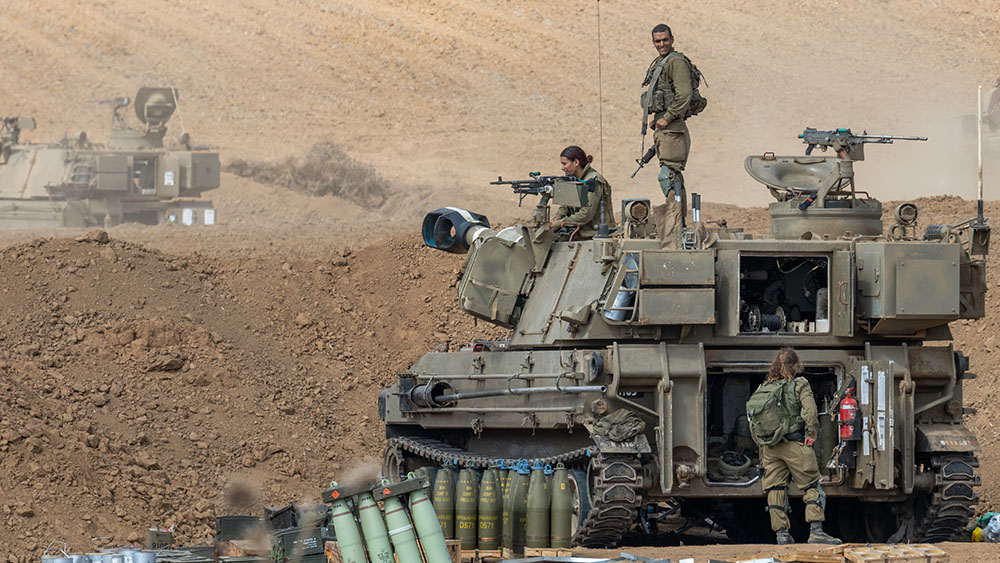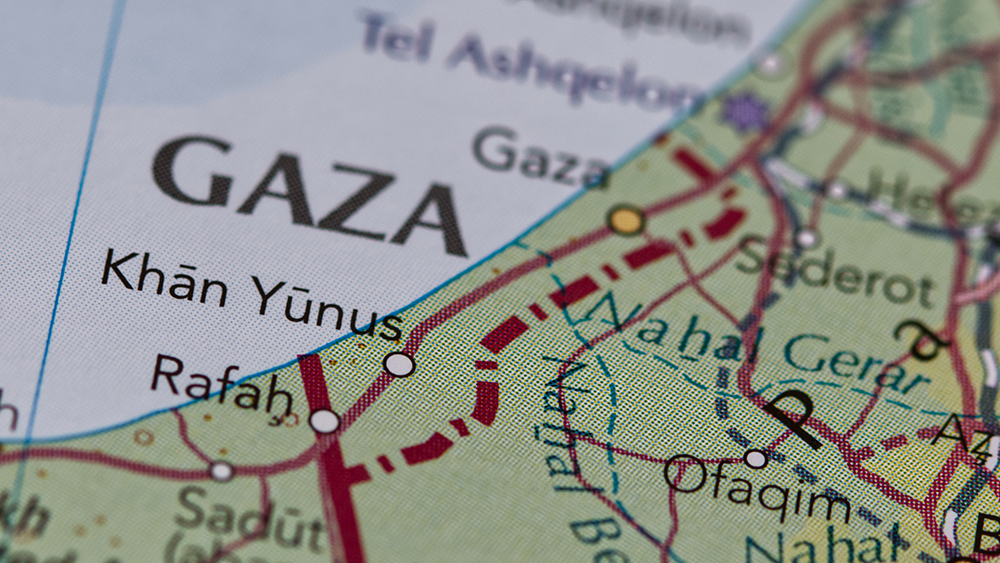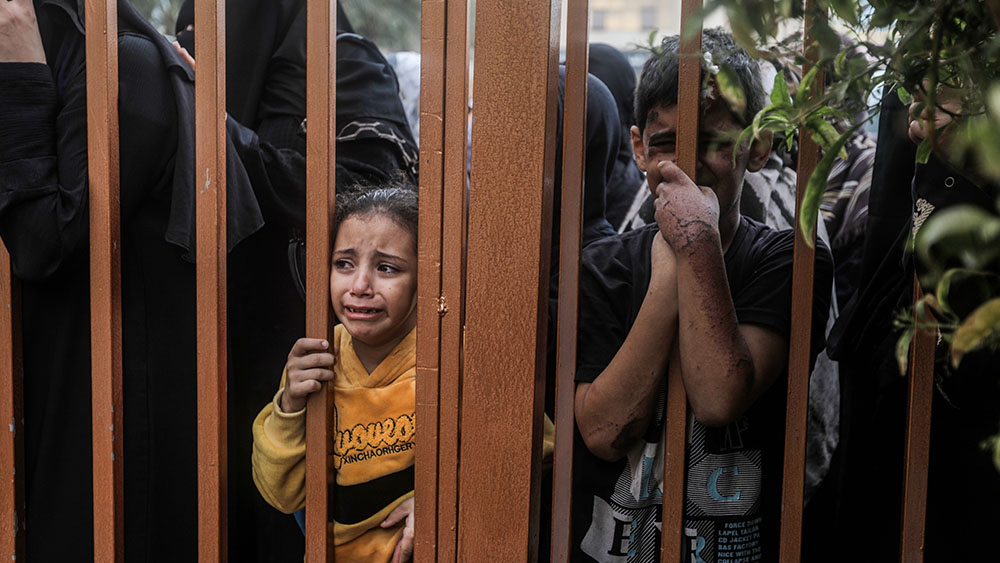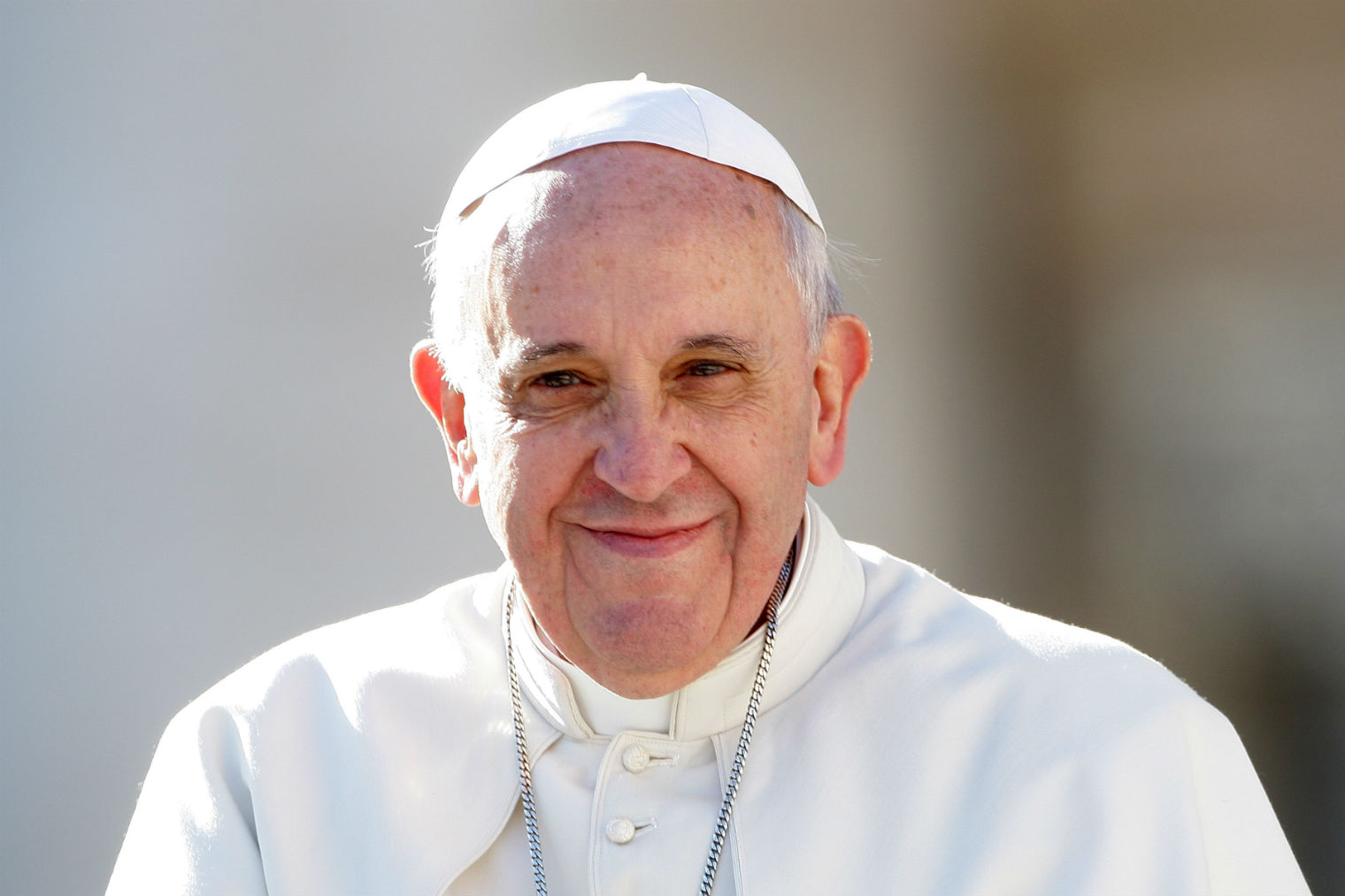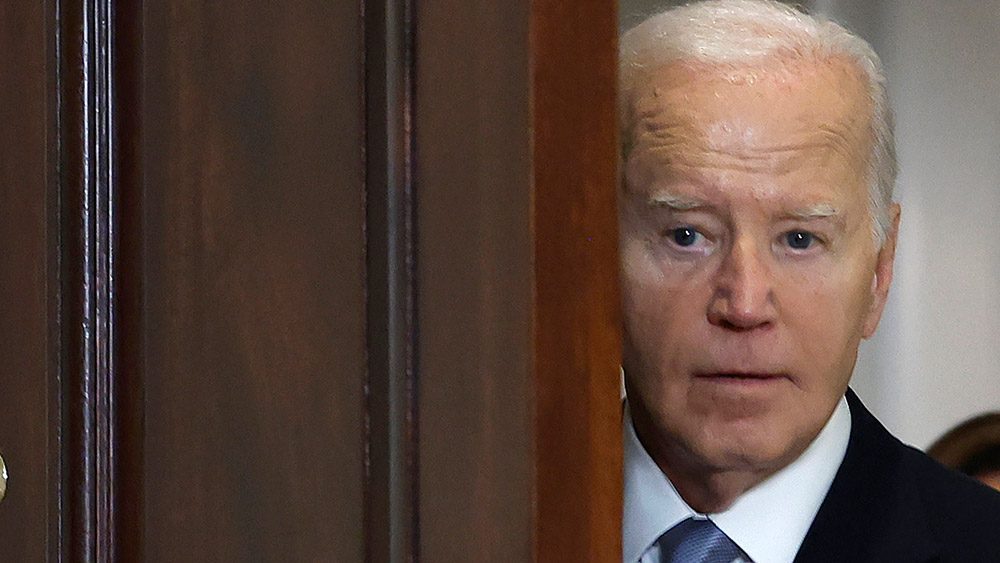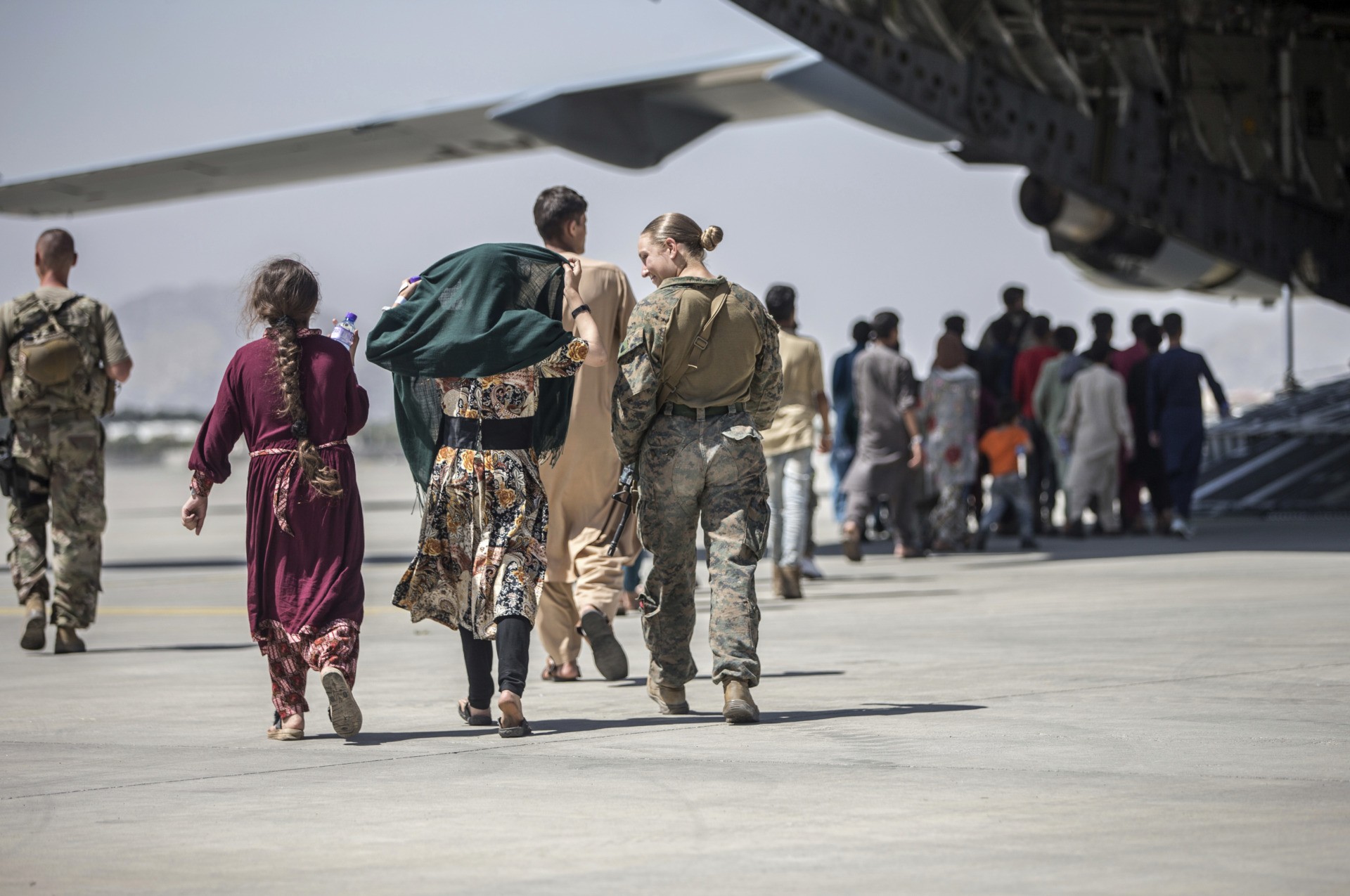WHO Chief Tedros narrowly escapes death in Israeli airstrike on Yemen airport
01/02/2025 / By Willow Tohi
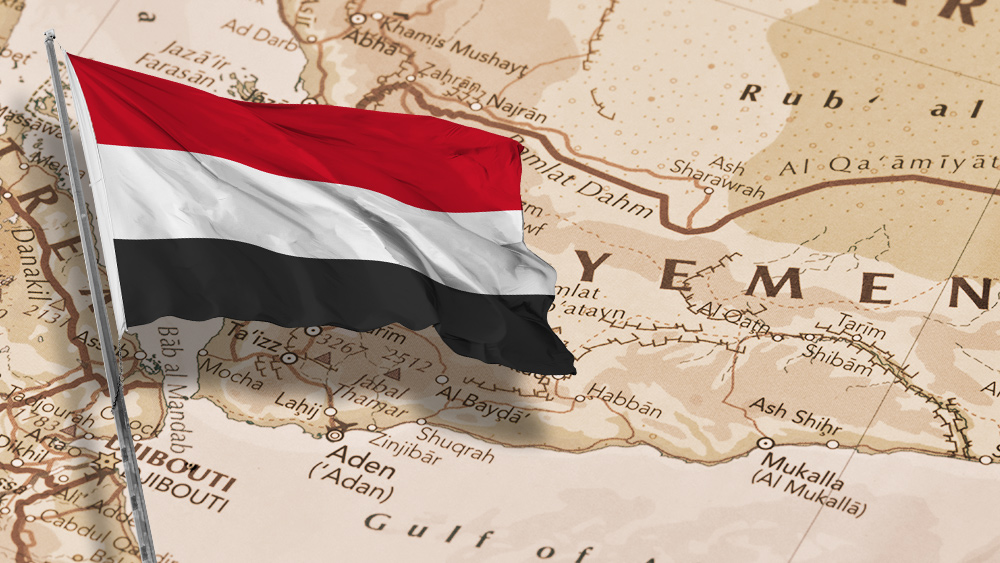
- WHO Director-General Tedros Adhanom Ghebreyesus narrowly survived an Israeli airstrike on Sanaa International Airport in Yemen on December 26, which killed six and injured 40, escalating tensions between Israel and the Houthi movement.
- Tedros, on a humanitarian mission, described the attack as harrowing, with explosions shattering the airport and debris flying dangerously close to his location, leaving him uncertain of survival.
- The strike targeted the Houthi movement, which has launched attacks on Israel in solidarity with Gaza, with Israeli Prime Minister Benjamin Netanyahu signaling potential escalation.
- Tedros condemned the lack of warning before the attack, emphasizing the need to protect civilian infrastructure, and successfully evacuated a seriously injured UN colleague for medical treatment.
- The incident highlights the humanitarian crisis in Yemen, with Tedros urging global leaders to address escalating conflicts and protect civilians, warning of a “very dangerous state” in the world.
In a chilling account of survival, World Health Organization (WHO) Director-General Tedros Adhanom Ghebreyesus has described narrowly escaping death during an Israeli airstrike on Yemen’s Sanaa International Airport. The attack, which occurred on December 26, left six dead and 40 wounded, marking a grim escalation in the ongoing conflict between Israel and the Iran-aligned Houthi movement.
Tedros, who was in Yemen on a humanitarian mission, recounted the harrowing experience in vivid detail. As he waited in the departure lounge, a series of deafening explosions rocked the airport, shattering windows and sending debris flying. One blast struck alarmingly close to his location, leaving him unsure if he would survive.
“I was not sure actually I could survive because it was so close, a few meters from where we were,” Tedros told Reuters. “A slight deviation could have resulted in a direct hit.”
The chaos that followed was overwhelming. People ran in disarray, seeking shelter that did not exist. Tedros and his colleagues were stranded at the airport for over an hour, with drones flying overhead and the constant fear of another attack. Amid the wreckage, they spotted missile fragments, a stark reminder of the violence that had unfolded.
The Israeli strikes targeted the Houthi movement, which has repeatedly launched drones and missiles at Israel in solidarity with Palestinians in Gaza. Israeli Prime Minister Benjamin Netanyahu declared that Israel was “just getting started” with the Houthis, signaling a potential escalation in hostilities.
The Houthi-controlled Saba News Agency reported that three people were killed at Sanaa Airport and three others in Hodeidah, with 40 wounded across both locations. Among the casualties were air traffic controllers and airport staff, underscoring the civilian toll of the attack.
Incident calls attention to humanitarian crisis in the region
Tedros, who had traveled to Yemen to negotiate the release of detained UN staff and address the country’s humanitarian crisis, expressed shock that no warning had been issued before the strike. “A civilian airport should be protected, whether I am in it or not,” he said, emphasizing the importance of safeguarding civilian infrastructure.
Despite the trauma, Tedros remained focused on his mission. He successfully evacuated a UN colleague who was seriously injured in the attack, ensuring the individual received further medical treatment in Jordan. Tedros also expressed optimism about the progress made in negotiations with Yemeni authorities, raising hopes for the release of 16 UN staff and other detainees.
Reflecting on his ordeal, Tedros acknowledged the broader implications of the attack. “One of my colleagues said we narrowly escaped death. I’m just one human being. So I feel for those who are facing the same thing every single day,” he said.
The WHO chief’s experience highlights the escalating violence in Yemen and the wider region, where conflicts continue to claim lives and destabilize communities. Tedros urged global leaders to work together to end these conflicts, warning that the world is in a “very dangerous state.”
“I’m worried about our world, where it’s heading,” he said. “I have never … as far as I can remember, seen the world really being in such a very dangerous state.”
As the dust settles on the Sanaa Airport attack, Tedros’s story serves as a stark reminder of the human cost of war and the urgent need for peace. His narrow escape underscores the vulnerability of civilians caught in the crossfire and the imperative for international efforts to protect innocent lives.
The world watches as tensions in the region continue to rise, with the hope that leaders will heed Tedros’s call for unity and action to prevent further bloodshed.
Sources include:
Submit a correction >>
Tagged Under:
airstrike, chaos, Dangerous, Houthi movement, humanitarian, national security, panic, Tedros Adhanom Ghebreyesus, violence, World Health Organization, WWIII, Yemen
This article may contain statements that reflect the opinion of the author
RECENT NEWS & ARTICLES
COPYRIGHT © 2017 VIOLENCE NEWS

